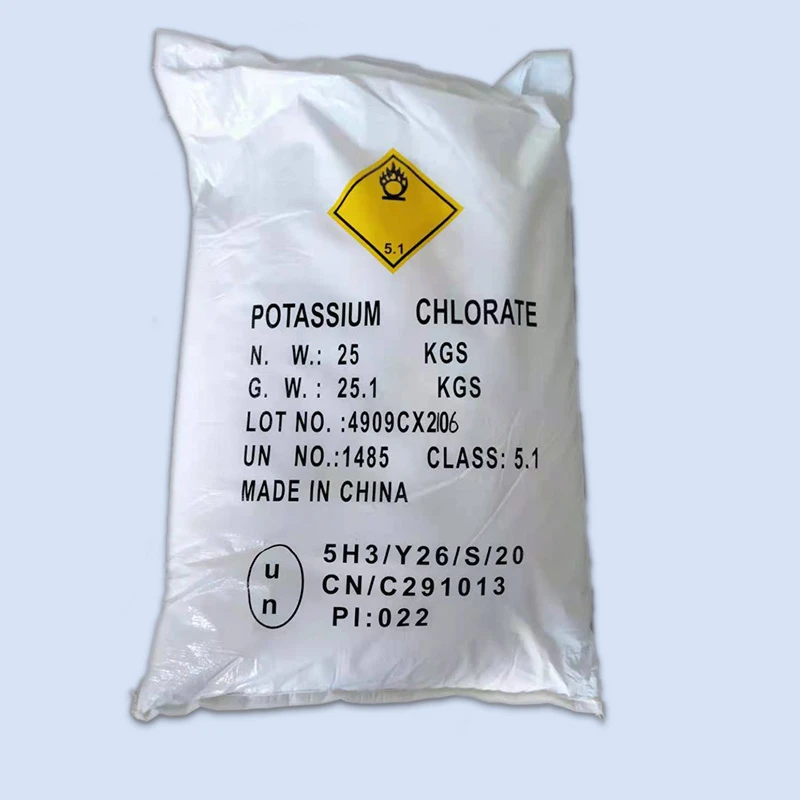



Chemical Injection Strategies for Efficient Chilled Water System Maintenance and Performance Enhancement
Chemical Dosing in Chilled Water Systems An Overview
The proper maintenance of chilled water systems is essential for ensuring their efficiency and longevity. Among the various maintenance strategies, chemical dosing plays a critical role in managing the water quality and preventing issues such as scaling, corrosion, and biological growth. This article will explore the significance of chemical dosing in chilled water systems, the types of chemicals commonly used, and best practices for effective implementation.
Importance of Chemical Dosing
Chilled water systems are key components in heating, ventilation, and air conditioning (HVAC) systems, delivering cooling to various applications. Over time, these systems can suffer from water quality deterioration due to factors such as impurities, temperature fluctuations, and biological contamination. Poor water quality can lead to several complications, including
1. Corrosion The presence of oxygen and other corrosive agents can damage metal components, leading to leaks, increased maintenance costs, and system failures.
2. Scaling Hard water can leave deposits on heat exchangers and other critical components, which reduces heat transfer efficiency and may significantly increase energy consumption.
3. Biological Growth Chilled water systems can become breeding grounds for bacteria and algae, which not only compromise water quality but can also lead to health risks in occupied spaces.
To mitigate these issues, chemical dosing is employed as a proactive measure to maintain optimal water conditions.
Types of Chemicals Used
There are several categories of chemicals used in the dosing process for chilled water systems, each serving a specific function
1. Corrosion Inhibitors Chemicals like azoles, phosphates, and film-forming agents protect metal surfaces by forming a barrier between the metal and the water. They help reduce oxidation and prevent rust formation, protecting the integrity of the system.
chemical dosing in chilled water system

2. Scale Inhibitors Polyphosphates and phosphonates are commonly used to control scale formation by preventing mineral precipitation on heat exchanger surfaces. These inhibitors can maintain heat transfer efficiency and reduce energy usage.
3. Biocides To control microbial growth, biocides such as chlorine, bromine, and non-oxidizing agents are used. They help eliminate bacteria and algae, ensuring the water remains clean and safe for circulation.
4. pH Adjusters Maintaining the right pH level (typically between 7 and 8.5) is vital for preventing corrosion and scaling. Chemicals like sodium hydroxide or sulfuric acid can be introduced to stabilize the pH within the desired range.
Best Practices for Chemical Dosing
To maximize the effectiveness of chemical dosing in chilled water systems, it is essential to follow certain best practices
1. Regular Monitoring Implement a monitoring schedule to regularly check water quality parameters, including pH, conductivity, and chemical residuals. This data will provide a clear perspective on the effectiveness of the dosing program.
2. Correct Dosing Rates Utilize precise dosing equipment to ensure the appropriate amount of chemicals is administered based on system volume and water quality needs. Too little may lead to inadequate protection, while too much can result in operational issues.
3. System Maintenance Regularly inspect and maintain the dosing equipment, including pumps and tanks, to ensure they are functioning correctly and delivering accurate doses.
4. Staff Training Educate maintenance personnel on water treatment protocols, chemical handling procedures, and safety measures. Well-trained staff can better respond to problems and ensure consistent chemical application.
Conclusion
Chemical dosing is a critical aspect of maintaining chilled water systems, significantly enhancing their performance and lifespan. By understanding the importance of chemical treatment and implementing best practices, facility managers can effectively protect their systems from common issues, ensuring optimal efficiency and reliability. In an era where energy savings and sustainability are paramount, effective water treatment through chemical dosing is not just beneficial—it is essential.
-
Why Sodium Persulfate Is Everywhere NowNewsJul.07,2025
-
Why Polyacrylamide Is in High DemandNewsJul.07,2025
-
Understanding Paint Chemicals and Their ApplicationsNewsJul.07,2025
-
Smart Use Of Mining ChemicalsNewsJul.07,2025
-
Practical Uses of Potassium MonopersulfateNewsJul.07,2025
-
Agrochemicals In Real FarmingNewsJul.07,2025
-
Sodium Chlorite Hot UsesNewsJul.01,2025










